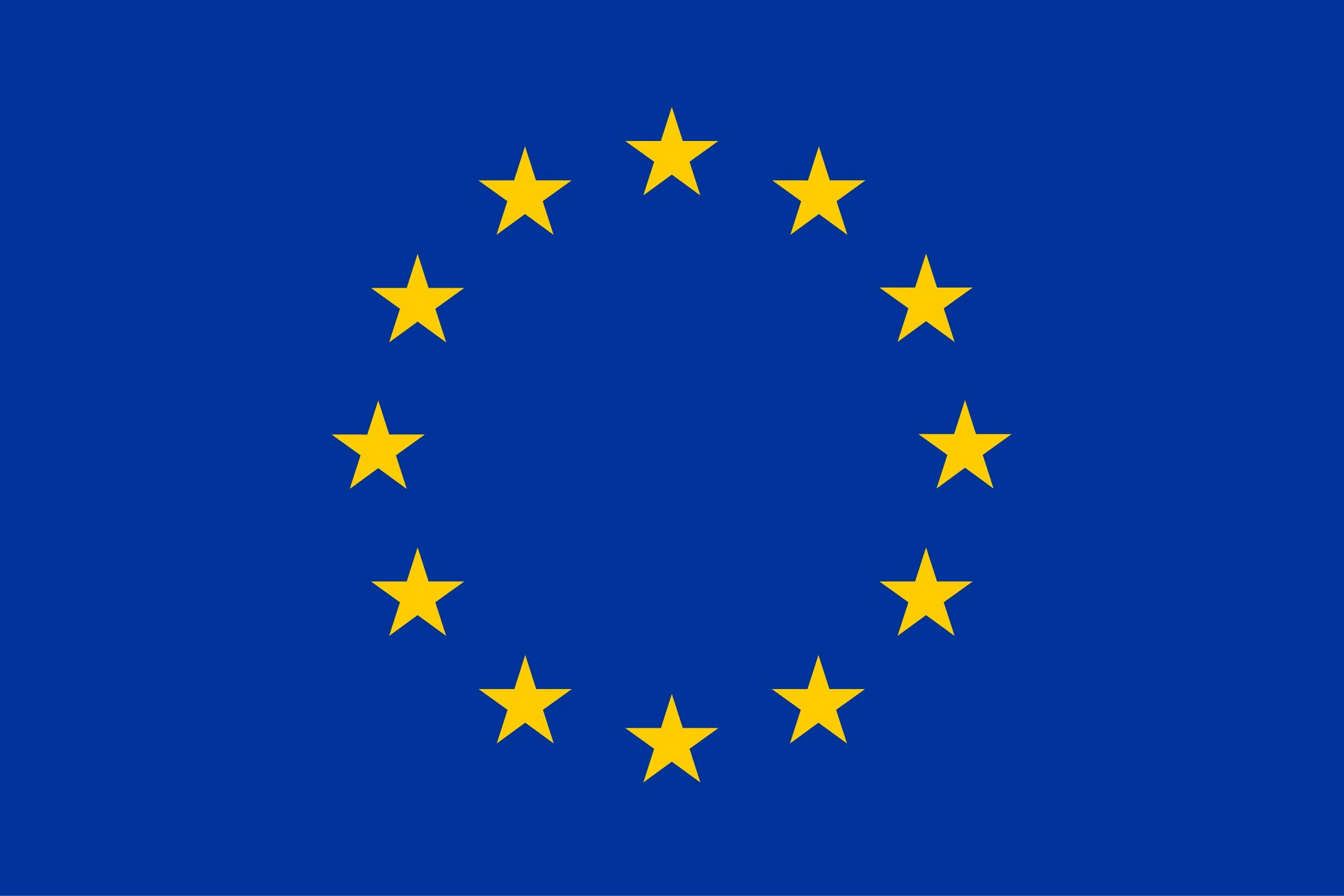Best I know of is TechDraw but that may not be as automated as you’d like. You essentially take the shapes and label the dimensions you want to show. Shapes/dimensions can be refreshed, likely also through a macro for multiple sheets if you need that.
I don’t know the UI by memory but the flow is along the lines of: create TechDraw sheet; set scale; import shape; choose views of shape (top, front, …); add dimensions. This can be exported and printed.
I think you can also save the current view of a sketch (save image or such in the menu?) but have not tried it and don’t know how repeatable that is and if you’ll run out of coloured ink in no time.
Looking forward to look at your attached designs!









Kerv Automotive looks more fun.